Beschreibung
Einleitung
Pigging -Schweine spielen eine entscheidende Rolle beim Transport von Kraftstoffressourcen über große Entfernungen. Die Gewährleistung ihres reibungslosen Betriebs ist sowohl aus wirtschaftlichen als auch aus ökologischen Gründen von entscheidender Bedeutung. Das Verhinderung von Problemen in Gaspipelines wie Blockaden, Korrosion und Lecks ist für die Aufrechterhaltung der Sicherheit und der optimalen Durchflussraten von wesentlicher Bedeutung.
Pipeline Pigging Pigs sind spezielle Werkzeuge, die in der Öl- und Gasindustrie eingesetzt werden, um die Herausforderungen der Durchflusssicherung zu bewältigen. Sie tragen zur Effizienz und Sicherheit von Gaspipelines bei, indem sie Obstruktionen, Reinigungsleitungs -Innenräume und Durchführung von Inspektionen entfernen. Dieser Artikel befasst sich mit dem Konzept des Piggings, seiner Bedeutung und der Expertise von EMT bei der Bereitstellung erstklassiger Pigging-Lösungen.
Das Konzept von Öl- und Gaspipelines von Pigging
Das Pigging bezieht sich auf den Prozess der Verwendung von Geräten, die als Pipeline -Schweine bezeichnet werden, um verschiedene Funktionen innerhalb von Öl- und Gaspipelines auszuführen. Diese Funktionen umfassen das Reinigen, Reinigen und Inspektieren des Innenraums der Pipeline. Pigging ist ein kritischer Aspekt bei der Aufrechterhaltung der Integrität der Pipeline und der Sicherstellung eines kontinuierlichen Produktflusses.
Der Zweck des Pigging geht über lediglich die Reinigung von Pipelines hinaus. Es umfasst auch die Beurteilung des Zustands der Pipeline und die Erkennung potenzieller Probleme wie Korrosion oder Frakturen, für die möglicherweise repariert oder ersetzt werden. Professionelles Fachwissen ist entscheidend für die sichere und effektive Durchführung von Pigging -Operationen, da der Prozess mit Präzision und Sorgfalt durchgeführt wird.
Die Bedeutung von Pipeline-Molchung
Pipeline -Schweine spielen eine entscheidende Rolle bei der Aufrechterhaltung der Effizienz und Integrität von Gaspipelines. Einige wichtige Begründungen für Pigging -Gaspipelines sind:
- Halten Sie die Rohrleitungen sauber und obstruktiv.
- Gewährleistung einer optimalen Durchflussintegrität: Durch die Aufrechterhaltung einer sauberen und obstruktiv-freien Rohrleitung stellt das Pigging sicher, dass die Durchflussrate und der Druck innerhalb der Rohrleitung konsistent und effizient bleiben.
- Inspektions- und Planungsabhilfe von Abhilfemaßnahmen: Das Pigging ermöglicht es den Pipeline -Operatoren, den Innenraum der Pipeline auf potenzielle Probleme zu untersuchen, die möglicherweise repariert oder ersetzt werden, was die proaktive Wartung erleichtert und das Risiko von Pipeline -Fehlern verringert.
Die Pipeline Pigging -Prozess
Der Pipeline -Pigging -Prozess umfasst mehrere Komponenten, darunter Schweine-, Schweinestraf- und Schweineempfänger (Schweinefalle). Das Schwein ist das Gerät, das durch die Pipeline reist und seine beabsichtigte Funktion ausführt. Der Launcher und der Empfänger erleichtern das Einfügen und das Abrufen des Schweins aus der Pipeline.
Während des Pigging -Prozesses wird das Schwein unter Verwendung des Schweinestragers in die Pipeline eingeführt und durch den Fluss des Produkts durch die Pipeline angetrieben. Wenn sich das Schwein durch die Pipeline bewegt, sammelt es Trümmer, Fett und andere Verunreinigungen. Es wird dann vom Schweinempfänger abgerufen. Kompetente Fachkräfte sind für die sichere und effektive Durchführung von Piggingoperationen von wesentlicher Bedeutung.
Arten von Pipeline-Molche
In der Öl- und Gasindustrie werden verschiedene Arten von Pipeline -Schweinen verwendet, die jeweils eine eigene einzigartige Funktion und Anwendung haben:
- Gebrauchsschweine: Dazu gehören Dornschweine, feste Gussschweine, Schaumschweineund sphärische Schweine. Sie werden hauptsächlich zur Reinigung und Entfernung von Schmutz verwendet.
- Gelschweine: Diese Schweine werden in „unsinterbaren“ Linien verwendet und können neben anderen Schweinestypen verwendet werden. Sie sind so konzipiert, dass sie Flüssigkeiten und feine Partikel aus der Rohrleitung entfernen.
- Inspektionschweine (intelligente Schweine): Diese Schweine sind mit elektronischen Komponenten ausgestattet und bieten fortschrittliche Inspektionsfunktionen, wie z. B. Korrosion, Risse und andere Pipeline -Anomalien.
- Spezialschweine (Stecker): Diese Schweine werden zum Versiegeln der Pipeline während der Abhilfemaßnahmen wie Reparaturen oder Austausch verwendet.
Häufig gestellte Fragen
F1: Was ist das Pigging im Kontext von Gaspipelines?
A1: Das Pigging im Kontext von Gaspipelines bezieht sich auf den Prozess der Verwendung von spezialisierten Geräten, die als Schweine bezeichnet werden, um verschiedene Funktionen innerhalb der Pipelines auszuführen. Diese Funktionen umfassen das Reinigen, Reinigen und Inspektieren des Innenraums der Pipeline, um die Integrität zu gewährleisten und einen kontinuierlichen Produktfluss aufrechtzuerhalten.
F2: Welche Bedeutung hat das Pipeline -Pigging?
A2: Das Pipeline -Pigging spielt eine entscheidende Rolle bei der Aufrechterhaltung der Effizienz und Integrität von Gaspipelines. Es hält die Pipelines sauber und obstruktiv, indem Sie Ablagerungen und Ablagerungen entfernen, die den Gasfluss behindern könnten. Durch das Pigging können Pipeline -Operatoren die Pipeline auf potenzielle Probleme wie Korrosion oder Frakturen untersuchen, die proaktive Wartung erleichtern und das Risiko von Pipeline -Fehlern verringern.
F3: Was ist der Pipeline -Pigging -Prozess?
A3: Der Pipeline -Pigging -Prozess umfasst mehrere Komponenten, darunter Schwein, Schweinestrafer und Schweineempfänger. Das Schwein wird mit dem Launcher in die Pipeline eingeführt und durch den Fluss des Produkts durch die Pipeline angetrieben. Während des Umzugs sammelt das Schwein Trümmer und Verunreinigungen. Es wird dann vom Schweinempfänger abgerufen. Kompetente Fachkräfte sind für die sichere und effektive Durchführung von Pigging -Operationen von wesentlicher Bedeutung.
F4: Welche Arten von Pipeline -Schweinen werden in der Öl- und Gasindustrie verwendet?
A4: In der Öl- und Gasindustrie werden verschiedene Arten von Pipeline -Schweinen verwendet. Dazu gehören Utility -Schweine (wie Schweine, feste Gussschweine, Schaumschaumschweine und kugelförmige Schweine), die zur Reinigung und Entfernung von Schmutz verwendet werden, um Flüssigkeiten und feine Partikel, Inspektionschweine (intelligente Schweine) ausgerüstet mit fortgeschrittenen Inspektionsfunktionen, und Spezialschweiner (Stecker), die mit fortgeschrittenen Rechenfunktionen während der Rechenaktivitäten verwendet wurden.
F5: Welches Know -how bietet EMT in Pipeline Pigging Services?
A5: EMT specializes in providing top-notch pipeline pigging services. Their expertise ensures that gas pipelines remain clean, obstruction-free, and well-maintained. They offer a range of pigging solutions, including purging, cleaning, and inspection, to help maintain pipeline integrity and optimize flow rates. For more information or to request a quote, please contact EMT.
Pipeline -Wartung
Pipeline maintenance is an essential aspect of the oil and gas industry, ensuring the safe and efficient transportation of valuable resources. It involves a series of Vorbeugende Maßnahmen, Inspektionen und Reparaturen zur Aufrechterhaltung der Integrität und Funktionalität von Pipelines. Die Wartung von Pipeline ist für die Verhinderung von operativen Störungen, Umweltschäden und Sicherheitsrisiken von entscheidender Bedeutung, die sich aus Rohrleitungsfehlern oder Lecks ergeben können.
Zusammenfassend ist die Wartung von Pipeline ein kritischer Aspekt der Öl- und Gasindustrie, der einen umfassenden Ansatz erfordert, der Inspektionen, Reinigung, Korrosionsschutz, Reparaturen und Personalschulungen umfasst. Durch fleißige Aufrechterhaltung von Pipelines können die Betreiber das Ausfallrisiko verringern. Minimieren Sie die Umweltauswirkungenund sicherstellen Sie den sicheren und effizienten Transport wertvoller Ressourcen.
Conclusion: EMT’s Expertise in Pipeline Pigging Services
The importance of pipeline pigging in maintaining gas pipeline efficiency and safety cannot be overstated. EMT’s expertise in providing pigging services ensures that pipelines remain clean, obstruction-free, and well-maintained. For more information on EMT’s pipeline pigging services or to request a quote, please contact us.


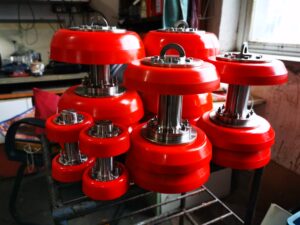
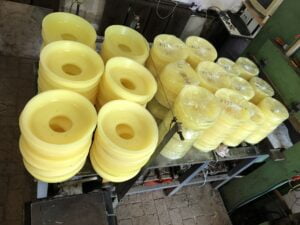

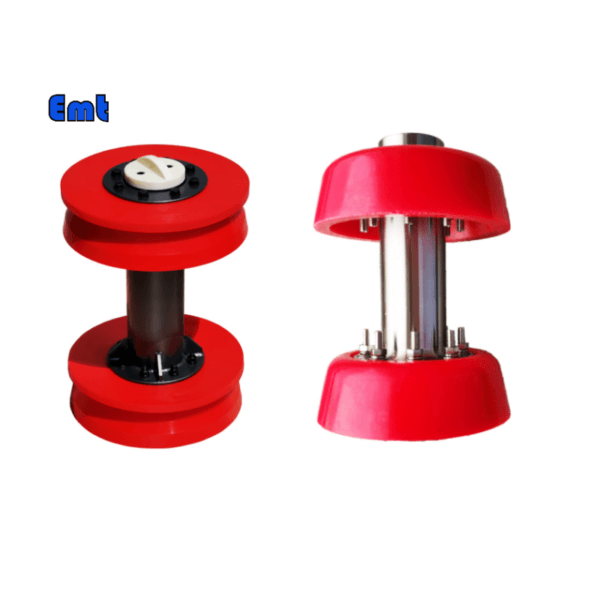
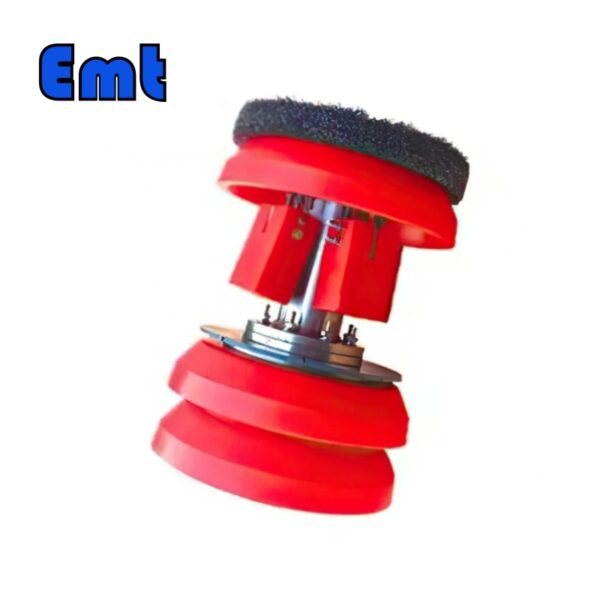
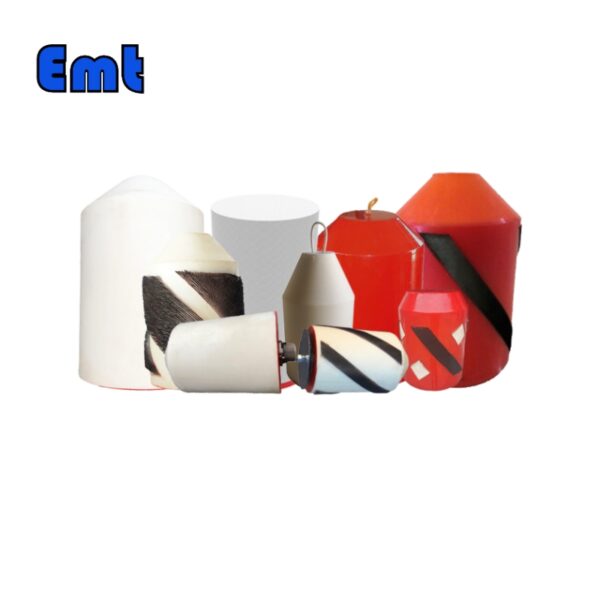
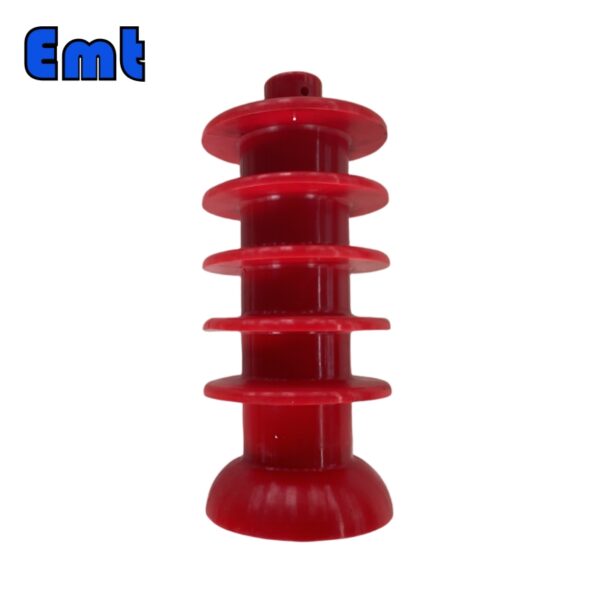
Rezensionen
Es gibt noch keine Bewertungen.